Archives
Drought Survival: How to Survive Natural Disasters
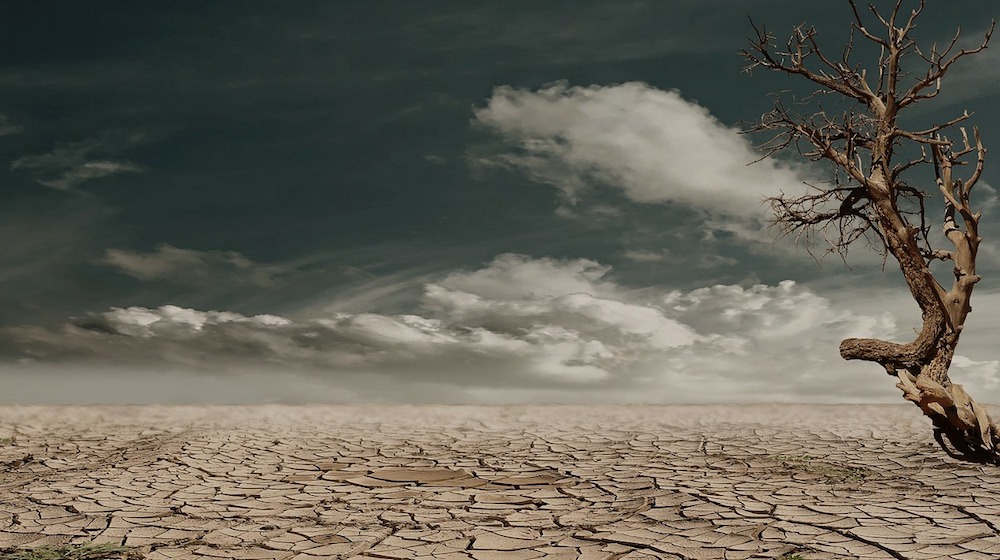
Are you looking for drought survival tips help you get through a dry spell? We put together ideas and suggestions from the government, experts as well as preppers and survivalists.
Drought Survival: How to Survive Natural Disasters
Drought survival is another goal that the prepper community should be aware of. Whenever and wherever there is insufficient rainfall and the resulting drop in water levels, a drought is likely to strike the area.
Sometimes we ignore the fact that droughts can increase the possibility of other natural disasters such as landslides, flash floods and even wildfires. Drought is basically water shortage caused by dry spells but what is more interesting is it can happen anywhere in the country.
When you think about it, the best solution relies on planning, preparation, and preservation. Water is essential in our daily lives as well as our survival. It is best to avoid the incidence of drought by conserving this renewable yet limited resource.
Be mindful of the weather patterns. Use water wisely. By doing this, you’re not only helping yourself with regard to drought survival; you are helping others as well as the planet.
1. Plan for the drought.

Develop a strategy to use when a drought occurs. Read an almanac that predicts future conditions based on tracking rainfall from past seasons. You can also checkout the current conditions and possibly future conditions on NOAA’s US Seasonal Drought Outlook website. Measure the rainfall during the year to determine a course of action for the likelihood of drought conditions. Read more…
2. General tips
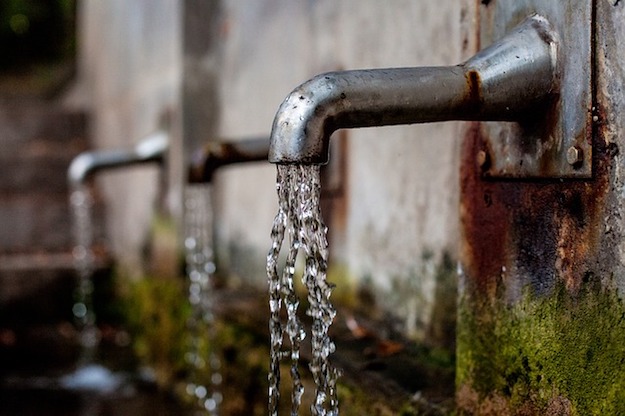
- Never pour water down the drain when there may be another use for it. For example, use it to water your indoor plants or garden.
- Repair dripping faucets by replacing washers. One drop per second wastes 2,700 gallons of water per year.
- Check all plumbing for leaks and have any leaks repaired by a plumber.
- Retrofit all household faucets by installing aerators with flow restrictors.
- Install an instant hot water heater on your sink.
- Insulate your water pipes to reduce heat loss and prevent them from breaking.
- Install a water-softening system only when the minerals in the water would damage your pipes. Turn the softener off while on vacation.
- Choose appliances that are more energy and water efficient.
3. Conserve water
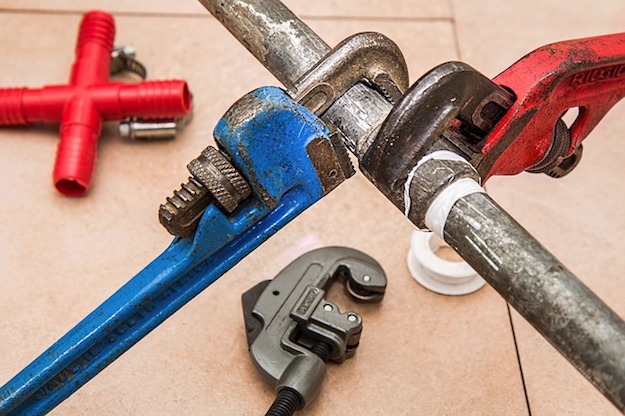
How to Check for Leaks
To check, got out to your water meter and note the reading. Then turn off all your faucets and don’t use any water for two hours. If the reading on the meter has changed at all during that two-hour period, you’ve got a leak somewhere.Continue reading.
In the Kitchen and Laundry
- DO make sure the dishwasher is full before turning it on. Dishwashers use between 8 and 12 gallons of water per load.
- DO make sure your clothes washer is full before turning it on. Each load of laundry usually requires 50 gallons or more of water.
- DO use a bowl of water to clean fruits and vegetables rather than running water over them. Reuse the water in the bowl to water your houseplants.
- DO store drinking water in the refrigerator rather than letting the tap run every time you want a cool glass of water.
- DON’T let the water run when washing dishes. See more…
In the Bathroom
- Time showers to five minutes.
- Place a bucket in the shower to catch excess water for watering plants. Turn the water on to get wet; turn off to lather up; then turn the water back on to rinse. Repeat when washing your hair.
- Don’t leave the water running when shaving or brushing your teeth. Fill a cup with water for brushing teeth. Stop up the basin and fill with water for shaving.
- Avoid flushing the toilet unnecessarily. Dispose of tissues, insects, and other similar waste in the trash rather than the toilet.
- Place a 12 to 20 ounce plastic bottle in a toilet tank to displace water that fills for waster disposal.
Read more…
Indoors
- Replace old toilets
If your toilets were installed prior to 1994, consider replacing them. Toilets made prior to 1994 use 3.5 to 5.0 gallons per flush. New toilets now only use 1.28 gallons per flush and perform better than ever. Click here to read more.
Long-term indoor water conservation
- If you are considering installing a new heat pump or air-conditioning system, the new air-to-air models are just as efficient as the water-to-air type and do not waste water. Continue reading.
4. Store water
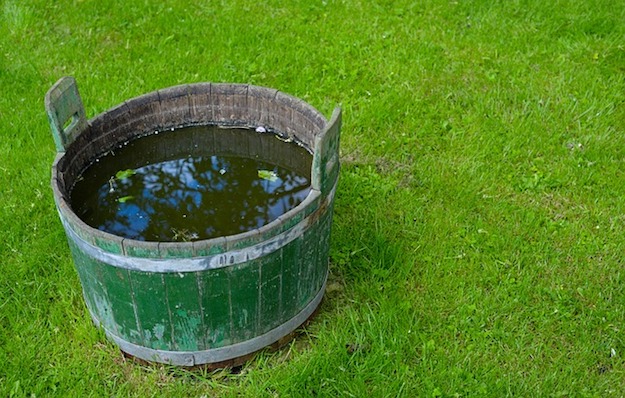
Storing water is easy and if properly done it can be stored for an almost indefinite amount of time. There are stories of older couple’s drinking water that they’ve been storing for 20+ years with no ill effects. Specialized water containers can be bought at just about any hardware store and can be stored safely in your house. Keep in mind though that if the container breaks for whatever reason, you could end up with a small flood in your house, take that into consideration. If you choose to store water outside of your house, it’s recommended that you store it on the North side of your house as UV’s from the sun will deteriorate the container faster. For the full post, click here.
5. Store and grow food
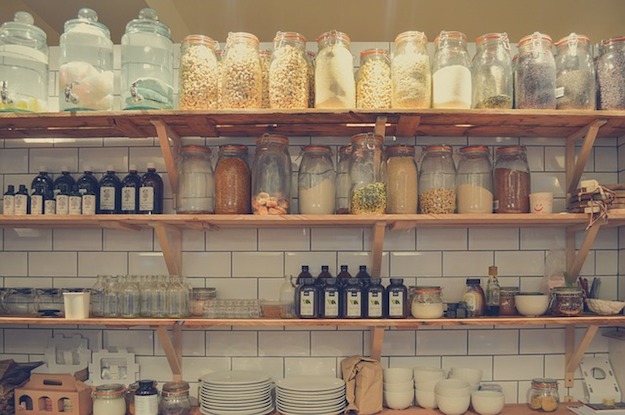
Droughts can destroy crops and have a significant impact on the price of foods across the country. Looking back at history we’ve had about 3 major droughts in the US in the last 100 years, 1933-1938 (the “Dust Bowl”), 1953-1957, and 1988 (which caused crop losses of up to $15 000 000 000, yes… $15 Billion!). These droughts put a huge strain on food production causing food prices to skyrocket. You can prepare for this by growing foods that are better suited to droughts and storing food (either store bought or home grown). It’s advised that you take classes in canning and preserving as those old school skills will be needed more than ever. There are several books on food storage that will show you the best way to purchase and stockpile food and safely rotate your storage to minimize waste. Read more…
6. Collect water
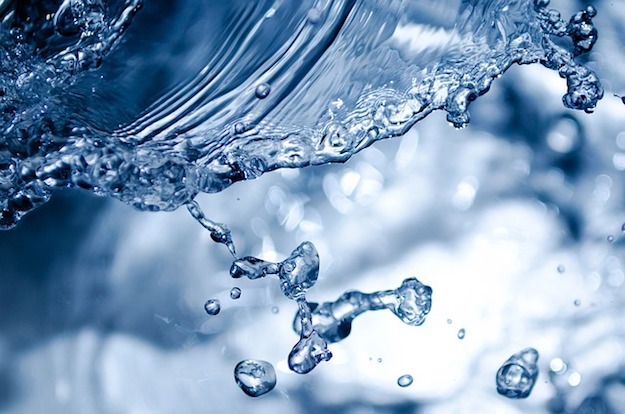
We run a dehumidifier in our basement during the summer season. Guess what it collects? Usable water! We use it to water plants. Click here to read the whole article.
7. Conserve water outdoors
Lawn Care:
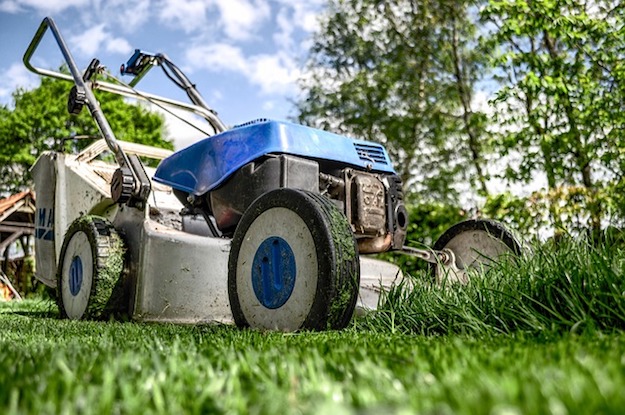
- Avoid over watering your lawn and water only when needed:
- A heavy rain eliminates the need for watering for up to two weeks. Most of the year, lawns only need one inch of water per week.
- Check the soil moisture levels with a soil probe, spade or large screwdriver. You don’t need to water if the soil is still moist. If your grass springs back when you step on it, it doesn’t need water yet.
- If your lawn does require watering, do so early in the morning or later in the evening, when temperatures are cooler.
- Check your sprinkler system frequently and adjust sprinklers so only your lawn is watered and not the house, sidewalk, or street.
- Water in several short sessions rather than one long one, in order for your lawn to better absorb moisture and avoid runoff.
- Use a broom or blower instead of a hose to clean leaves and other debris from your driveway or sidewalk.
- Avoid leaving sprinklers or hoses unattended. A garden hose can pour out 600 gallons or more in only a few hours.
- In extreme drought, allow lawns to die in favor of preserving trees and large shrubs.
Read more at http://www.ready.gov/drought
Or better yet: Stop Watering That Stupid Lawn
Yeah, I said it. If all you’re growing is grass, you’re wasting a horrifying amount of water on a non-edible crop. Nationwide, landscape irrigation is estimated to account for nearly one-third of all residential water use, totaling nearly 9 billion gallons per day. According to the EPA, approximately 50 percent of this water is immediately lost to evaporation. That’s 4.5 billion gallons that could have been used on food crops or consumed by animals and humans. Stupid, right? See more…
Other outdoor tips:
- When using a hose, control the flow with an automatic shut-off nozzle.
- Avoid purchasing recreational water toys which require a constant stream of water.
- Consider purchasing a new water-saving swimming pool filter.
- Use a pool cover to reduce evaporation when pool is not being used.
- Do not install or use ornamental water features unless they recycle the water. Use signs to show the public that water is recycled. Do not operate during a drought.
Continue reading
Getting and Storing Water
12 Rainwater Collection Tips
Purifying Water in a Survival Situation
-

 Do It Yourself7 months ago
Do It Yourself7 months agoParacord Projects | 36 Cool Paracord Ideas For Your Paracord Survival Projects
-

 Do It Yourself9 months ago
Do It Yourself9 months agoHow To Make Paracord Survival Bracelets | DIY Survival Prepping
-

 Do It Yourself9 months ago
Do It Yourself9 months ago21 Home Remedies For Toothache Pain Relief
-

 Do It Yourself10 months ago
Do It Yourself10 months agoSurvival DIY: How To Melt Aluminum Cans For Casting
-

 Exports8 months ago
Exports8 months agoAre Switchblades Legal? Knife Laws By State


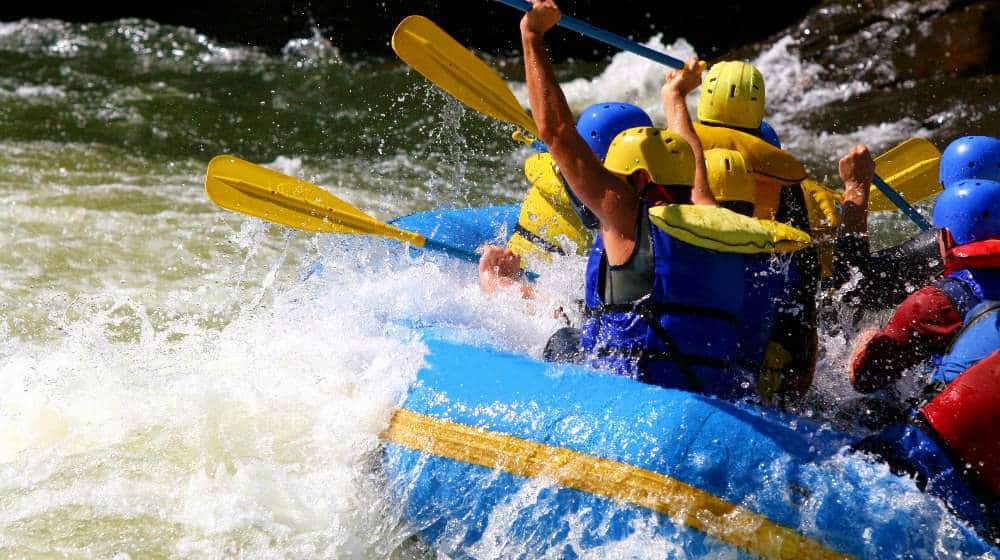

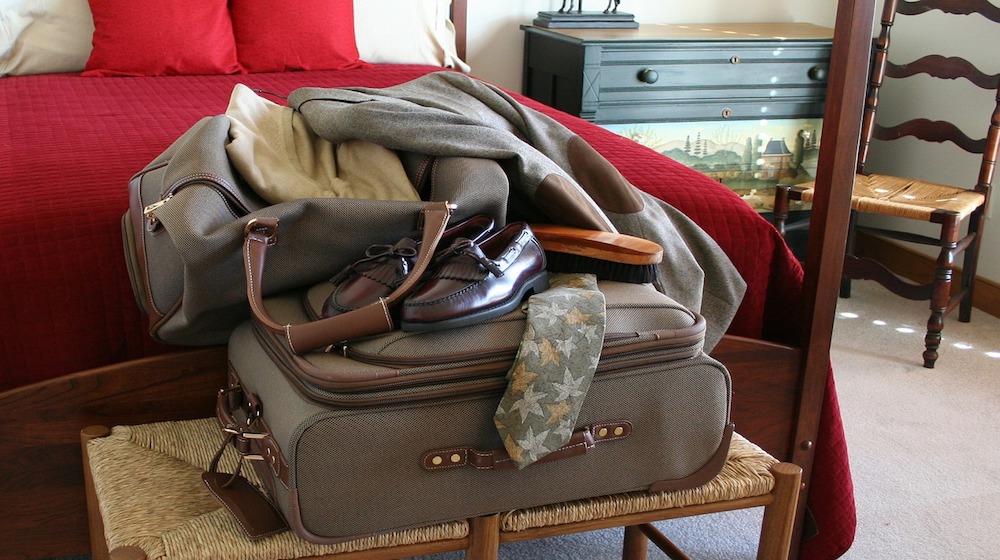

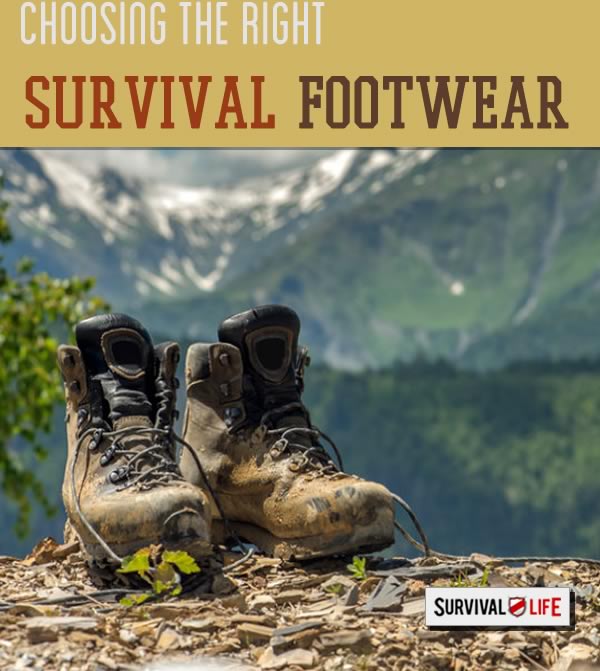

Pingback: Drought Survival: How to Survive Natural Disasters | Patriot Powered News
Pingback: Drought Survival: How to Survive Natural Disasters » Survival Gear & Food Storage
nara
July 7, 2015 at 2:02 PM
Look at California water shortage,
it is basically a mild desert climate. There are climate cycles of wet and dry
weather always. The environmentalists have a crazy view of global warming that
in the 1970’s was global cooling back in the hippie days of pot smoking.
Global warming BS is a political way to get more taxes from taxpayers.
Water shortage is caused by politics, like the Fresno
farmers not getting water for crops, PETA type nuts protest to help dump fresh
water into the San Francisco area ocean for a non-native bait fish called Delta Smelt.
Taxpayers are getting hosed by corrupt politicians for water failure of
broken water pipes.
The original father of governor Brown built many water storage structures, reservoirs and so on. The son Brown is taking propositions voted on and destroying dams in California, agenda 21 is the environmental movement here.
The cities there have been saving water, but politicians has been dumping fresh
drinking water either into the sea or on land to save the wildlife, BS!
The same politicians will ticket homeowners for some water spilled on the
sidewalk up to $10,000 a fine, go figure.
This state is like Greece, protecting the illegal’s here but not take responsibility in caring for the drought situation, like build more water storage.
San Diego has been building only one desalinization plant in Carlsbad for water.
Sacramento is secretly trying to cut back on funds to help water storage programs because of the environmentalists running the state government.
If you like pot smoking, vegetarian food and giving taxpayers
money to free loaders and not working on full funded water storage systems,
then come live here.
Many conservatives are moving out of state, the liberals
shall inherit California.
We need a good water storage systems in California.
Pingback: 377 Survival Hacks And Skills | Survival Life Ultimate List
Pingback: 7 Ways to Survive in a Drought — Info You Should Know
Pingback: Are You Prepared For A Famine In The US? | Best Go Bag